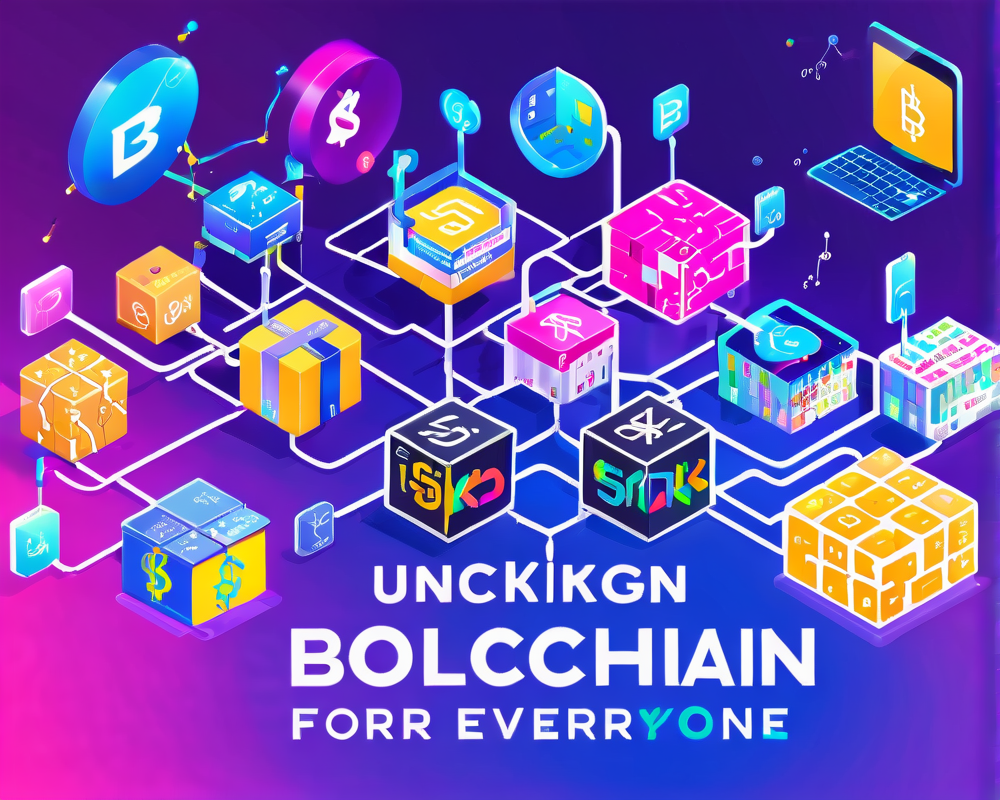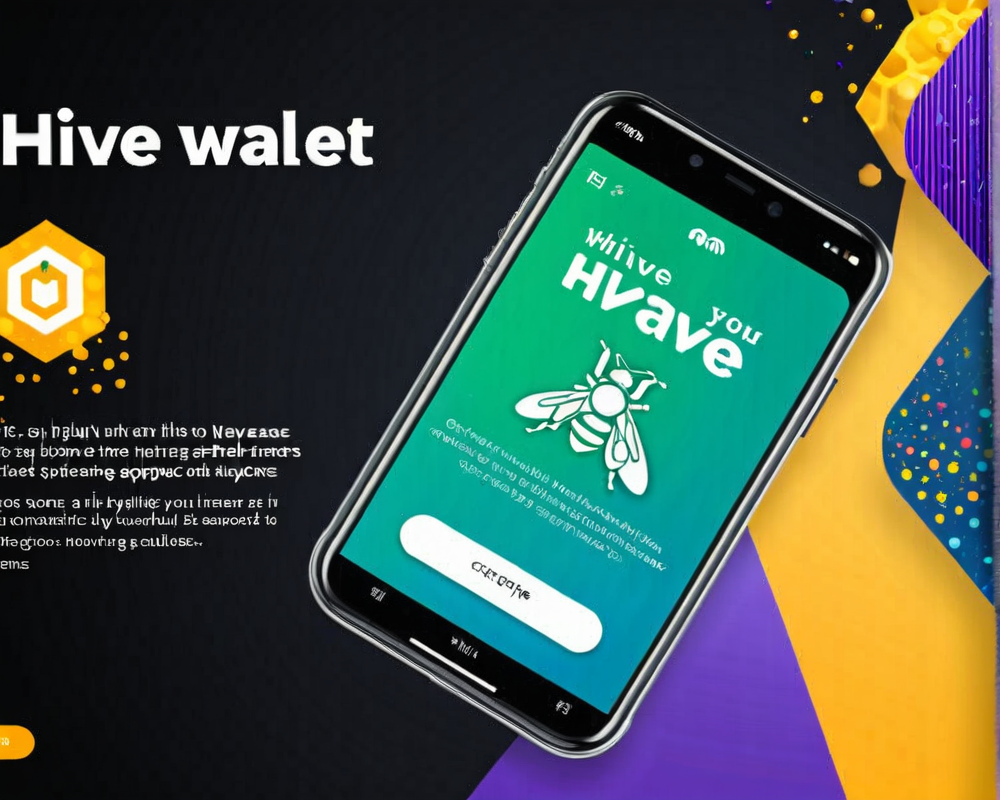The Landscape of Blockchain Development
Blockchain technology has often been likened to a locked vault—secure, reliable, but frustratingly inaccessible to the uninitiated. While giant platforms like Ethereum used Solidity and Solana preferred Rust, many aspiring developers found themselves lost in translation. With 20 million JavaScript developers now able to step onto the blockchain stage thanks to the new JavaScript Software Development Kits (JS SDKs), that vault is beginning to crack open.
Bridging the Gap with JavaScript
Illia Polosukhin, founder of Near Protocol, discussed this monumental shift during Korea Blockchain Week. He highlighted that practically every developer has dabbled with JavaScript at some point, paving the way for an influx of fresh talent in blockchain development. According to Polosukhin, this opens the doors for:
- Students eager to experiment with blockchain technology.
- Entrepreneurs looking to build stronger teams quickly.
- Anyone seeking to bridge the gap between traditional app development and blockchain.
Content of the JavaScript SDK
Launched on a fateful Monday, the JS SDKs for Near Protocol come packed with:
- A comprehensive contract framework
- Engaging JavaScript and TypeScript contract examples
- Robust testing systems
Such features allow even novice developers to feel like blockchain wizards—no magic wand required!
A New Dawn: EVM Compatibility
Addressing inquiries about Ethereum Virtual Machine (EVM) compatibility, Polosukhin clarified that while the SDK is tailored for Near, it still holds the potential to spawn EVM-compatible smart contracts. This functionality echoes similar innovations from other platforms and could make cross-platform development a reality for developers chasing both Ethereum and Near Protocol.
What’s at Stake?
As a decentralized application (DApp) platform, Near Protocol first graced the digital realm in April 2020. With a current market cap of $4.1 billion and its native token, NEAR, priced at $5.44—up an impressive 42.8% over the past month—its promise could reshape the way we think about the intersection between blockchain and application development. Developers can now spin up anything from simple applications to complex, cutting-edge solutions without learning new languages or frameworks. The future of blockchain development just got a serious upgrade!




